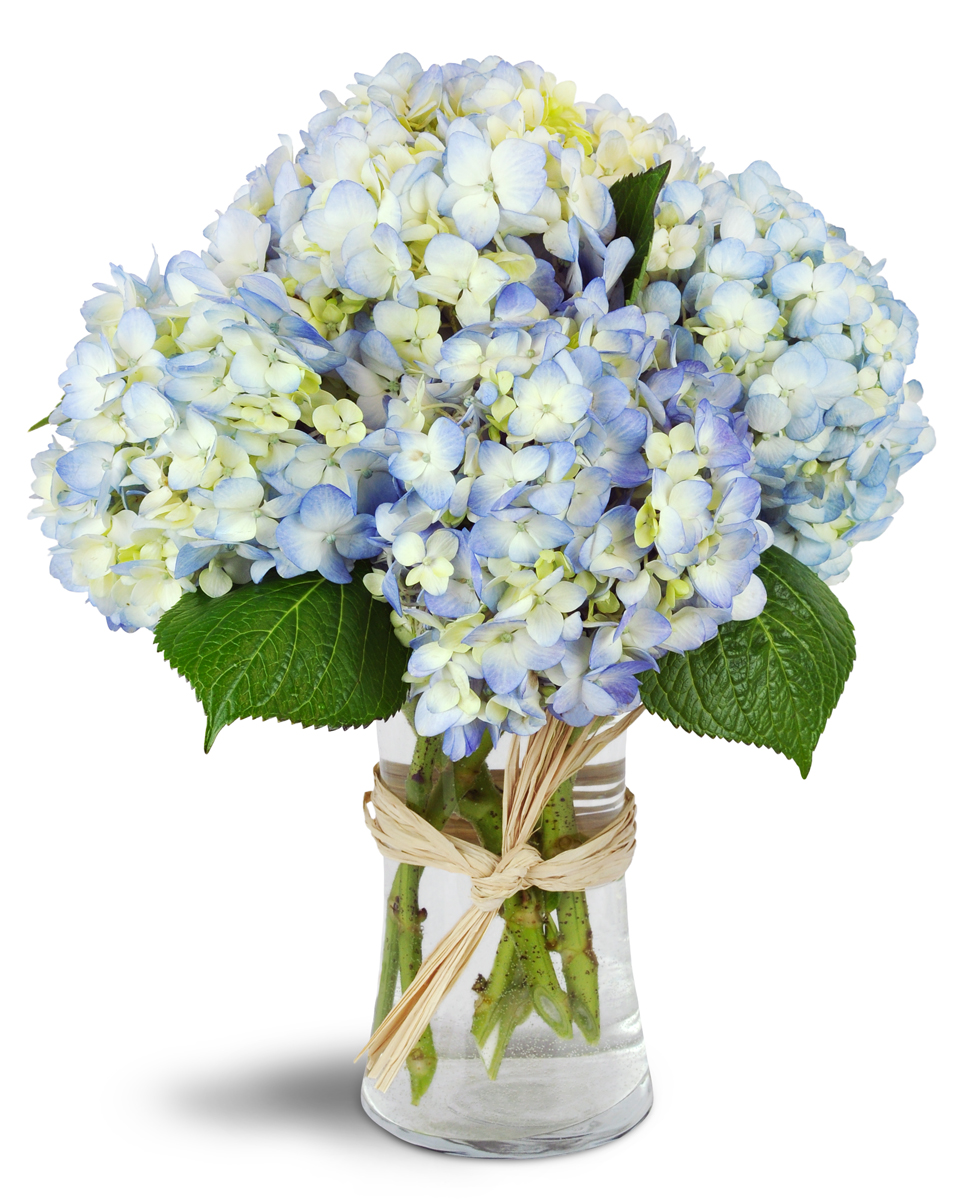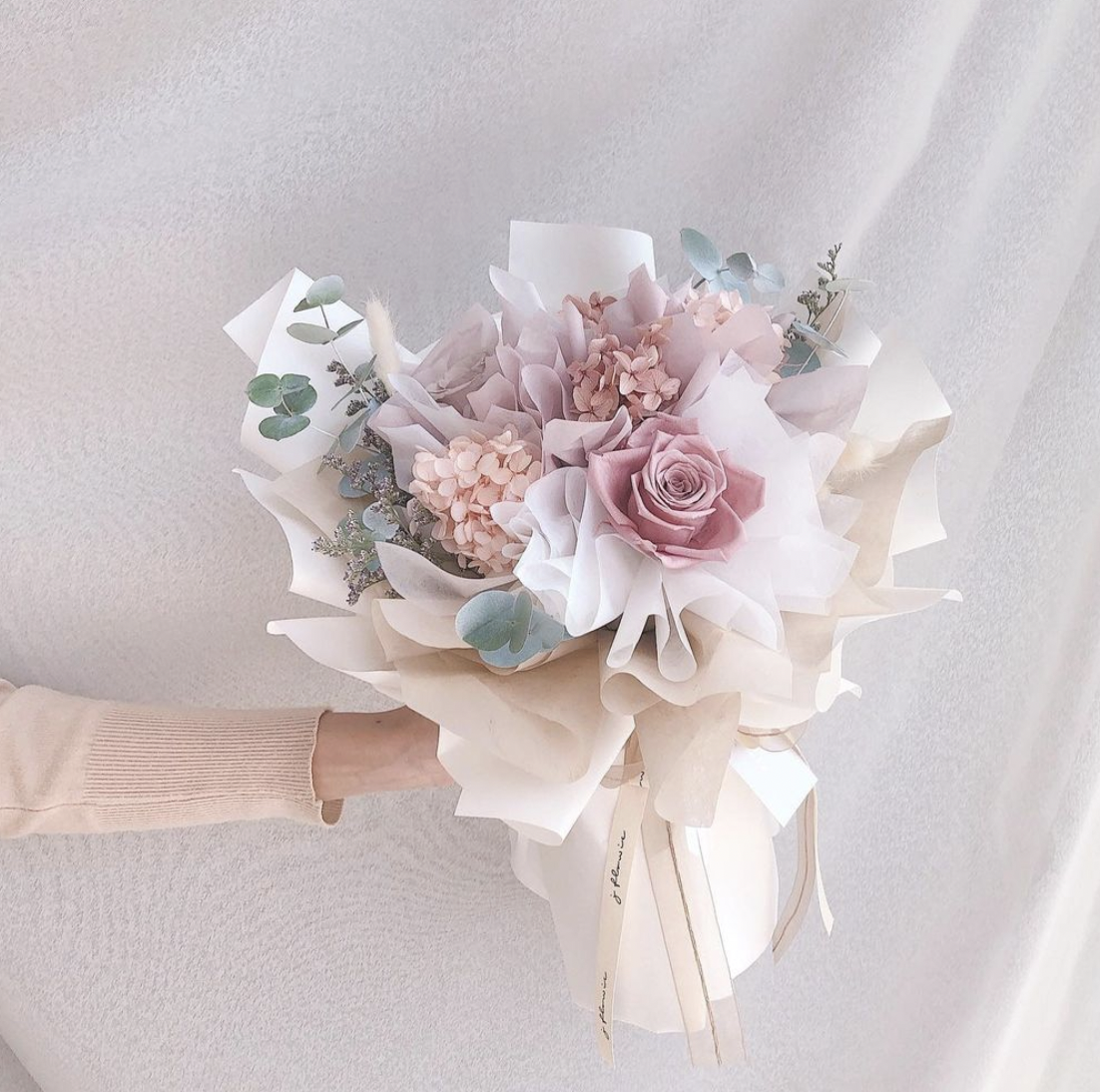Laced With Beauty: The Ultimate Guide To Growing Lace Hydrangeas
Laced with Beauty: The Ultimate Guide to Growing Lace Hydrangeas
Lacecap hydrangeas are a type of hydrangea that is known for its delicate and intricate flowers. The flowers are made up of a central cluster of fertile florets, which are surrounded by a ring of sterile florets. The sterile florets are larger and more showy than the fertile florets, and they give the flowers a lace-like appearance.
Lacecap hydrangeas are a popular choice for gardeners because they are easy to care for and they are very versatile. They can be grown in a variety of conditions, and they can be used in a variety of landscape settings.
In this guide, we will provide you with everything you need to know about growing lacecap hydrangeas. We will cover topics such as:
- Choosing the right variety
- Planting and caring for lacecap hydrangeas
- Troubleshooting common problems
- Using lacecap hydrangeas in your landscape
Choosing the Right Variety
There are many different varieties of lacecap hydrangeas available, so it is important to choose one that is right for your needs. Some factors to consider when choosing a variety include:
- Hardiness zone
- Flower size and color
- Bloom time
- Size of the plant
If you are not sure which variety to choose, ask your local nursery for recommendations.
Planting and Caring for Lacecap Hydrangeas
Lacecap hydrangeas are relatively easy to care for. They prefer full sun to partial shade, and they need moist, well-drained soil. They are also sensitive to alkaline soil, so it is important to test your soil before planting.
Lacecap hydrangeas should be fertilized in the spring with a balanced fertilizer. They also need to be watered regularly, especially during the first year after planting.
Troubleshooting Common Problems
Lacecap hydrangeas are generally trouble-free plants, but there are a few common problems that you may encounter.
- Leaf scorch: This is a common problem that is caused by hot, dry weather. To prevent leaf scorch, water your lacecap hydrangeas regularly and mulch the soil around the plants.
- Powdery mildew: This is a fungal disease that can cause white spots to appear on the leaves of lacecap hydrangeas. To treat powdery mildew, you can use a fungicide or you can remove the affected leaves.
- Aphids: Aphids are small, sap-sucking insects that can damage lacecap hydrangeas. To control aphids, you can use insecticidal soap or neem oil.
Using Lacecap Hydrangeas in Your Landscape
Lacecap hydrangeas are a versatile plant that can be used in a variety of landscape settings. They can be grown as a specimen plant, in a hedge, or in a mixed border. They are also a popular choice for container gardening.
Lacecap hydrangeas are a beautiful and easy-to-care-for plant that can add a touch of elegance to any landscape. With a little care, you can enjoy their delicate flowers for many years to come.
Lacey hydrangeas are a beautiful and delicate type of hydrangea that is sure to add a touch of elegance to any garden. These shrubs are known for their flat, lace-like flowerheads, which can be a variety of colors, including blue, pink, white, and purple. Lacecap hydrangeas are relatively easy to care for, and they can thrive in a variety of climates.
If you are interested in learning more about lacecap hydrangeas, I encourage you to visit . This website is a great resource for information on all aspects of growing and caring for these beautiful shrubs. You can find information on plant selection, planting, watering, fertilizing, pruning, and pest control. You can also find a variety of photos and articles that will help you learn more about lacecap hydrangeas.
I hope you will visit and learn more about these amazing shrubs. Lacecap hydrangeas are a wonderful addition to any garden, and I know you will love them.
FAQ of lacey hydrangea
Q: What is a lacey hydrangea?
A lacey hydrangea is a type of hydrangea that is known for its delicate, lace-like flowers. It is a deciduous shrub that can grow up to 6 feet tall. The flowers are typically white or pink, and they bloom in the summer. Lacey hydrangeas are relatively easy to care for, and they are a popular choice for gardens and landscaping.
Q: What are the different types of lacey hydrangeas?
There are several different types of lacey hydrangeas, including:
Hydrangea paniculata- This type of lacey hydrangea is known for its large, cone-shaped flowers. It is a hardy shrub that can tolerate a wide range of climates.Hydrangea arborescens- This type of lacey hydrangea is known for its small, white flowers. It is a smaller shrub thanHydrangea paniculata, and it is more tolerant of shade.Hydrangea quercifolia- This type of lacey hydrangea is known for its oak-shaped leaves and its pink or blue flowers. It is a more difficult shrub to grow, but it is a beautiful addition to any garden.
Q: How do I care for a lacey hydrangea?
Lacey hydrangeas are relatively easy to care for. They need full sun to partial shade, and they need moist, well-drained soil. They should be watered deeply once a week, and they should be fertilized in the spring and fall. Lacey hydrangeas are susceptible to pests and diseases, so it is important to inspect them regularly.
Q: How do I deadhead a lacey hydrangea?
Deadheading is the process of removing spent flowers from a plant. This helps to encourage new blooms, and it also helps to keep the plant looking tidy. To deadhead a lacey hydrangea, simply remove the spent flowers with a pair of shears. You can also pinch off the spent flowers with your fingers.
Q: What is the life cycle of a lacey hydrangea?
Lacey hydrangeas are long-lived shrubs, and they can live for up to 50 years. They typically bloom in the summer, and their flowers will last for several weeks. In the fall, the leaves of the lacey hydrangea will turn a beautiful shade of red or orange.
Image of lacey hydrangea
- Lacey Hydrangea in a Vase: This image shows a vase of white lacey hydrangea flowers. The flowers are arranged in a loose, natural way, and the vase is filled with water. The background is a plain white wall.

- Lacey Hydrangea Bush: This image shows a close-up of a lacey hydrangea bush. The flowers are a light pink color, and they are arranged in a cascading pattern. The leaves of the bush are a dark green color.

- Lacey Hydrangea in a Garden: This image shows a lacey hydrangea bush in a garden. The flowers are a light blue color, and they are surrounded by green foliage. The background of the image is a blue sky.

- Lacey Hydrangea Bouquet: This image shows a bouquet of lacey hydrangea flowers. The flowers are a variety of colors, including pink, blue, and white. The bouquet is arranged in a loose, natural way.

- Lacey Hydrangea in a Terrarium: This image shows a lacey hydrangea plant in a terrarium. The plant is surrounded by moss and rocks. The terrarium is a clear glass container, so the viewer can see the roots of the plant.

Post a Comment for "Laced With Beauty: The Ultimate Guide To Growing Lace Hydrangeas"